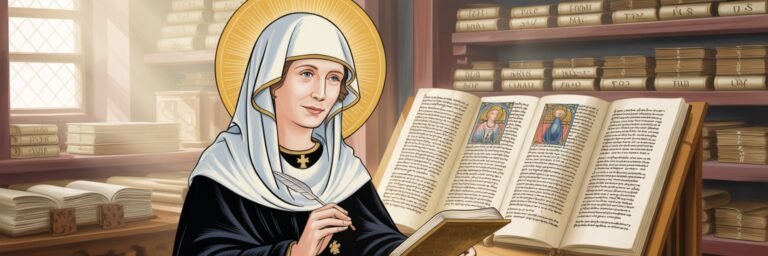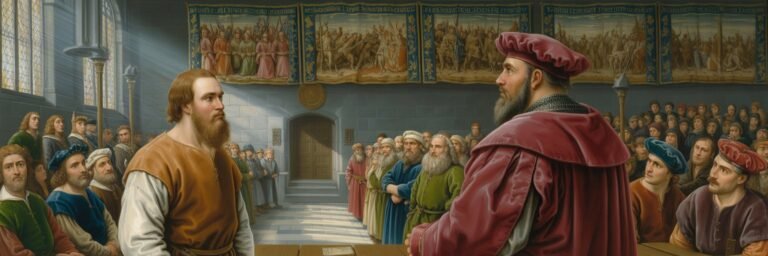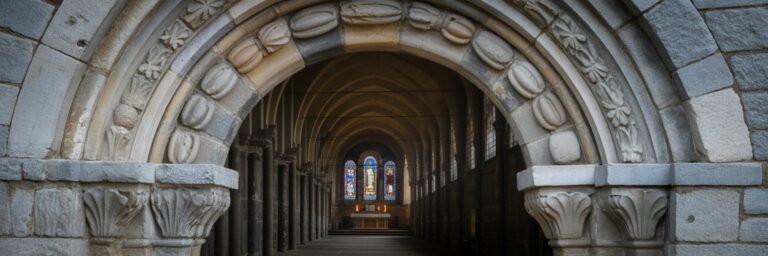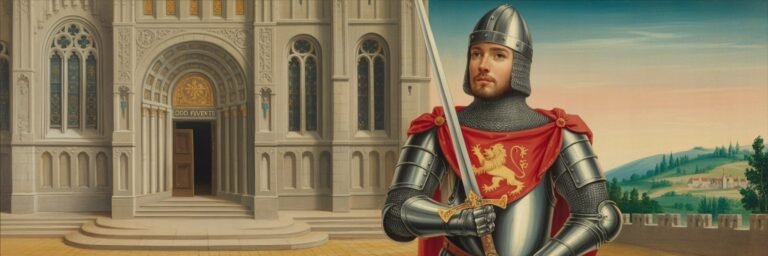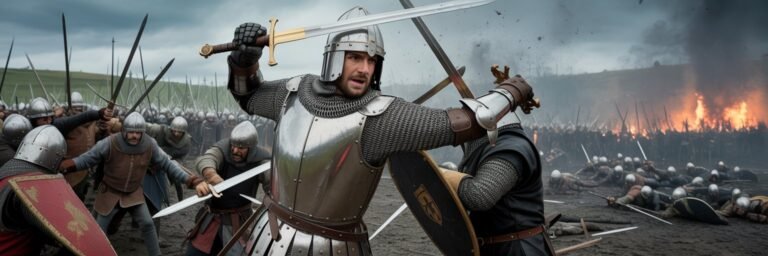INTRODUCTION
Contrary to the once widely held belief that the Middle Ages were a stagnant period situated between two golden ages—the Roman Empire and the Renaissance, modern historians now view this period as one of profound complexity and significance. The Middle Ages, also referred to as the medieval period, spanned from the 5th to the 15th centuries, encompassing nearly a thousand years of turmoil, discovery, and development. Its lasting influences permeate our modern world, from our legal and political systems, technological advancements, art, music, and literature to our deeply-entrenched cultural and religious practices. By examining this multifaceted epoch, we gain a greater understanding of the trajectory of human civilization, and the myriad ways in which the forces of history continue to shape our present and future.
HISTORICAL BACKGROUND
The Middle Ages began with the fall of the Western Roman Empire in AD 476, an event that plunged Europe into a period of political fragmentation and cultural and economic upheaval. The subsequent centuries saw the rise of the Byzantine Empire in the east, the Islamic Caliphate in the south, and the feudal kingdoms in the west. This was also a time of great religious fervor with the spread of Christianity and Islam, and the initiation of the Crusades—a series of holy wars that spanned two centuries.
In the Late Middle Ages, Europe underwent the Renaissance, a period of unrivaled intellectual, scientific, and cultural flowering that laid the groundwork for modern European civilization. This era saw advancements in fields such as astronomy, medicine, literature, and art, spurred by the invention of the printing press and the rediscovery of classical Greek and Roman texts.
THEORIES AND INTERPRETATIONS
The interpretation of the Middle Ages has greatly changed over time. Initially, Renaissance scholars disparaged this era as a “dark age” characterized by religious fanaticism and intellectual stagnation. However, later historians like Jacob Burckhardt have recognized the Middle Ages as a crucial period in the formation of European identity.
Recent theories argue that far from being an age of darkness, the Middle Ages were a time of remarkable dynamism and creativity. This view is supported by the great Gothic cathedrals that still awe us today, the philosophical insights of scholars like Thomas Aquinas, and the chivalric tales of knights and their noble deeds.
MYSTERIES AND CONTROVERSIES
Despite the wealth of historical evidence, the Middle Ages remain a period of numerous mysteries and controversies. Perhaps the most enduring mystery is the true nature of the legendary King Arthur. Though historians generally agree that Arthur was not a historical figure but rather a mythological creation, some insist that he was a 5th-century British king who led his people against the invasions of the Saxons.
One of the greatest controversies is related to the Crusades. While some view them as wars of aggression designed to spread Christianity and obtain wealth, others argue that they were defensive actions intended to protect Christian pilgrims from persecution and reclaim previously Christian lands captured by Muslim conquest.
SYMBOLISM AND CULTURAL SIGNIFICANCE
The Middle Ages are imbued with rich symbols and cultural significance, many of which persist today. The medieval knight, for example, embodies the virtues of courage, loyalty and chivalry—values that are still celebrated in contemporary western ethos. Furthermore, Gothic architecture, with its grand arches and intricate detailing, has become a symbol of the power and transcendence of God—a testament to the deep-rooted faith of the era.
Tales and legends from the Middle Ages also continue to captivate our imagination, used as the underlying narratives of some of the most popular contemporary literature and entertainment. The Arthurian legends, the tales of Robin Hood, and epics like Beowulf and Dante’s Divine Comedy remain embedded in our modern cultural psyche.
MODERN INVESTIGATIONS
Modern research on the Middle Ages is characterized by a multidisciplinary approach, employing archaeology, paleography, linguistics, and even genetics to unravel its secrets. For instance, analyses of burial sites and artifacts have helped us understand the societal structures and daily life experiences of the time. Recently, the integration of digital technologies has opened up new avenues of exploration and presentation, from 3D reconstruction of medieval buildings to interactive maps depicting political or trade networks.
On the other hand, the study of ancient manuscripts illuminates the intellectual legacy of the Middle Ages, revealing not only the spiritual and philosophical ideas of the time but also the foundations of scientific thought in the West.
LEGACY AND CONCLUSION
The legacy of the Middle Ages is both profound and pervasive. It’s visible in our modern legal and political systems, many of which evolved from medieval concepts of law and governance. Our education structure, particularly universities, also have their genesis in medieval institutions.
The Middle Ages also left an indelible imprint on art and literature, shaping a narrative tradition steeped in moral lessons and epic adventures—an influence clearly seen in genres like fantasy. From a technological perspective, this epoch witnessed the development of fundamental advancements such as mechanical clocks, improved agricultural techniques, and the application of water and wind power—innovations that significantly inform our present-day technology.
To sum up, the Middle Ages not only bequeathed vital political, cultural, and technological substitutes to today’s world, but also provided a rich repository of myth, symbol, and narrative that continue to inspire and challenge our understanding of the human journey. Recognizing how this remarkable era informs our present helps us better comprehend the complexities of our own time, and perhaps, steer our future in light of this wisdom.

